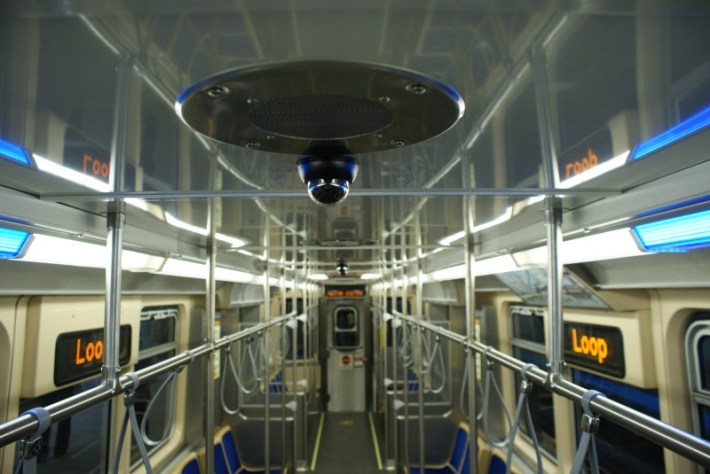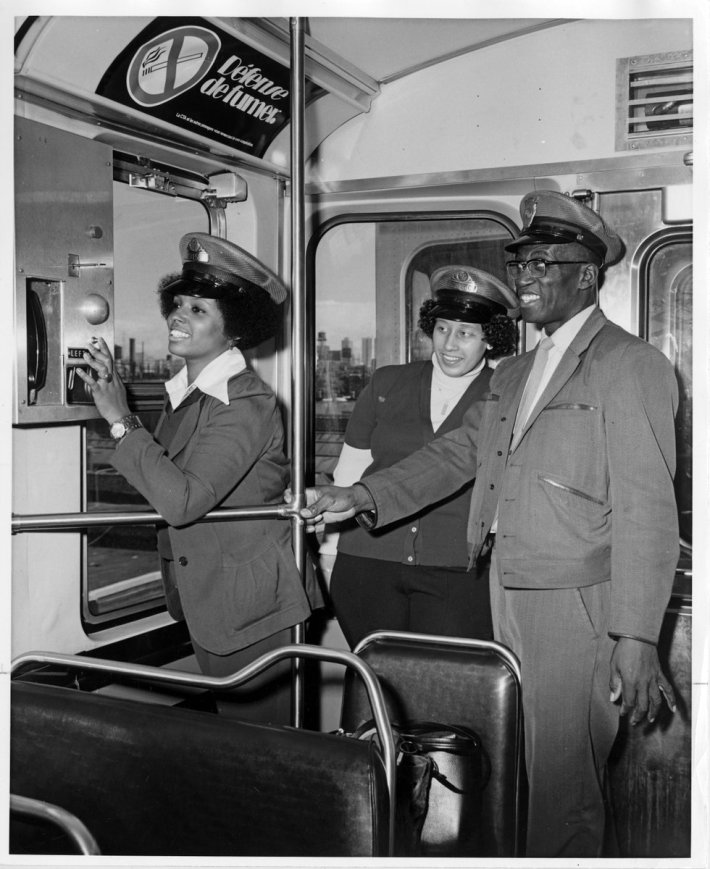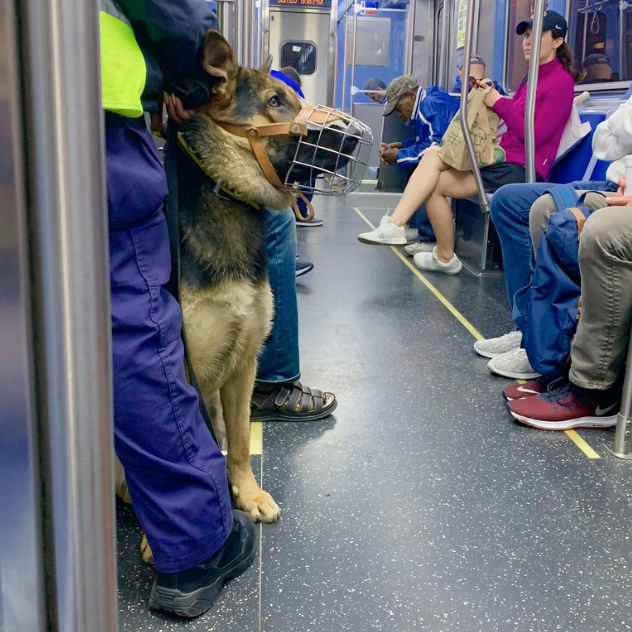Warning: This post contains a graphic injury image.
Any in-depth discussion of Chicago crime needs to acknowledge the underlying causes. Residents are still impacted today by the legacies of 20th Century segregation, redlining and neighborhood disinvestment. Controversial recent policies, like the closure of half the city’s mental health clinics and about 50 public schools under the Rahm Emanuel administration, and the creation of tax-increment financing districts to provide financial incentives to developers and businesses at the expense of school funding, probably haven't helped matters.
The fact is, we’re never going to come anywhere close to eradicating serious crime in Chicago as long as people’s basic needs aren’t being met. If we want a safe, just, and peaceful city, we have to make sure all residents have decent housing, education, and healthcare, including mental health and addiction treatment, as well as opportunities for employment at a living wage. Moreover, continuing to lock up large numbers of people from Black and Latino communities for relatively minor offenses is a counterproductive strategy for reducing crime that derails the lives of their children, perpetuating a vicious cycle.
But even when you have a realistic picture of the factors that are contributing to Chicago crime, and the kinds of holistic solutions needed to address it, it has to be acknowledged that the recent increase in assaults and robberies on the CTA 'L' is a serious problem that affects residents across the city, from various walks of life.

The Streetsblog network typically doesn’t report about crime on transit, with the thinking being that violence and theft can happen anywhere in public space, so they aren't issues that are specific to public transportation. But the spike in crime on the 'L', which coincides with the drop in Chicago transit ridership following the launch of Uber and Lyft here, is troubling not just from a public safety standpoint. If fear of being victimized discourages people from riding the CTA and makes them drive or take ride-hail instead, that's a sustainable transportation issue as well.
According to the Chicago Police Department, crime dropped by 18 percent on the ‘L’ system overall in 2019 compared to the previous year. However, a recent Chicago Tribune analysis of CPD data found that the number serious crimes -- ranging from pickpocketing to robbery and sexual assaults -- on the 'L' has doubled since 2015, around the time ride-hail launched here.
Particularly worrisome is the wave of reported assaults -- many of them seemingly random -- and robberies, mostly on the Red Line, that began around the holidays. Here are some of those recent cases:
- On Wednesday, December 18, around 7:40 p.m. and 10:15 p.m., two cell phone thefts occurred at the North/Clybourn Red and Chicago Brown stations.
- On Sunday, December 29, around 3:30 a.m., two men beat a man, 37, and robbed him, breaking his eye socket, on the Red Line near Harrison.
- On Sunday, December 29, shortly after 6:30 p.m., a group of people attacked and robbed Juatonna Davis, 28, who is pregnant, and a female friend, 23, on the Red Line at Roosevelt.
- On Sunday, December 29, around 11:45 p.m., a group of people attacked and robbed a 61-year-old man as he exited the Red Line at Lake Street, as well as a bystander who tried to intervene.
- On Tuesday, December 31, around 5:40 p.m., another 61-year-old man was punched in the face and robbed on the Red Line near the Chicago Avenue station.
- On Tuesday, December 31, around 7:55 p.m., a man, 22, was punched and robbed at the Grand Red Line stop.
- On Wednesday, January 1, in the evening, a group of people punched and robbed a man, 55, on the Brown Line near Belmont.
- On Thursday, January 2, around 11:40 a.m., a man 47, was stabbed during quarrel on the Blue Line at Cicero by an assailant who fled.
- On Thursday, January 2, late at night, four men robbed a woman of her cell phone on the Red Line at Monroe.
- On Friday, January 3, in afternoon, Greg Ignatius, 65, who has Parkinson's Disease, was repeatedly punched in the face on an escalator at Belmont station in Lakeview.
- On Sunday, January 12, at around 8:15 p.m. two men robbed a man, 20, on the Red Line near 47th Street.
Alarmed by these recent incidents, last Wednesday dozens of residents (and plenty of news crews) showed up for a Chicago Alternative Policing Strategy beat meeting at the Town Hall District police station in Lakeview, asking that a new approach be taken to preventing crime on the 'L'. CTA and CPD reps present said that more police officers and security contractors would be deployed at Belmont and other major Red Line stations, but emphasized that their workforce is limited.
After Streetsblog Chicago published a writeup of the hearing, some of our readers brought up the potential downside of more policing. "Oh boy, more cops, because that's always been shown to make things safer," wrote one person.
That's a trenchant comment in a city that was found by a recent U.S. Department of Justice study to have serious issues with police harassment and violence against residents of color. Personal safety includes the ability to travel through the city without being unfairly singled out, and potentially endangered by, law enforcement. That's something that many Black and Latino Chicagoans can't take for granted. Judging from photos of the Lakeview CAPS meeting, it appears that few if any of the residents providing input were people of color who have experienced racial profiling. Otherwise, it's more likely that someone would have brought up this issue.

While having a heavier police presence on the 'L' may be useful for deterring crime and stopping violent incidents in progress, it would also likely result in more residents being handcuffed, arrested, and/or facing criminal charges for minor offenses. For example, jumping a CTA turnstile is still a misdemeanor in Chicago, whereas peer cities like San Francisco and Washington, D.C. have decriminalized fare evasion. In those cities an offender receives a ticket for not paying; in Chicago you're likely to spend the night in jail.
Security cameras on transit offer an alternative to deploying more police, and Chicago has invested in them heavily recently, with the entire rail system camera-equipped and 1,000 high-definition cams installed as of last April, to the tune of $38 million. Funding came from the tax on ride-hail passed in November 2017.
The cameras seem to be a decent way to deter crime, help get justice for the victims of violent incidents, and prevent innocent people from being arrested for crimes they didn't commit. Security footage led to arrests in several of the recent cases. Sadly, many of those charged are teens.

However, it's worth noting that the camera system isn't foolproof. Last month the CPD released images of a man they said was a suspect in an alleged groping incident on the Brown Line, which were then plastered all over the Internet by local news media. The police later announced that the report of the assault was unfounded.
Some citizens have voiced concerns about surveillance and privacy issues associated with the proliferation of security cameras. I'd also argue that, of all the ways the new ride-hail revenue could have been used to improve the CTA (some of that money was also spent on track upgrades), new cams shouldn't have been near the top of the priority list.
I'll close this discussion of CTA crime issues with an alternative to more policing and cameras that I recently floated on Twitter. For many years 'L' trains were staffed by civilian conductors (not to be confused with the operators who still drive the trains.) But the transit agency eliminated the position in 1998 in an effort to save money, a cost-cutting measure that was projected to save $13.8 million that year. Obviously the payroll numbers would have to be crunched, but bringing back conductors in the evenings could improve safety and quality of life on the trains, which would help address falling ridership, so such a program might well pay for itself.

While the conductors would be unarmed, having an authority figure walking back and forth between cars would be a major crime deterrent, and the staffers would have the ability to contact police in case of an immediate safety threat. They would also be great for encouraging compliance with rules against littering and smoking on trains.
The latter, which poses a genuine health hazard, especially for people with asthma, pregnant women, and children, seems to be a growing problem on the 'L' that's likely to only get worse now that recreational pot is legal in Illinois. As such, I wouldn't have a problem with the conductors being deputized to write tickets to train smokers who refuse to put out their cigarettes or joints. However, I wouldn't have them enforce relatively victimless infractions such as eating and drinking on trains.
Due to Chicago's housing crisis, the 24-hour Red and Blue lines double de-facto homeless shelters at night, especially during winter. It's understandable that many non-homeless customers aren't interested in sharing a car with multiple people who haven't had the opportunity to bathe or change clothes in a long time.
Having conductors to do constructive outreach to homeless folks on trains, offering to connect them with housing and healthcare resources, including mental health services, to help provide alternatives to sleeping on trains, could be a win-win for both homeless and non-homeless CTA riders. Staff from the social service agency Thresholds are already doing this kind of outreach, but it would be great to have a constant presence on trains at night across the system.
In addition to making the 'L' safer, cleaner, more pleasant, and more competitive with driving and ride-hail, bringing back CTA conductors could also create a bunch of good union jobs. So while it's possible that this isn't an economically feasible idea, it's definitely one that Chicago should consider as an alternative crime-fighting strategy, instead of just saturating the 'L' system with more cops and cams.





